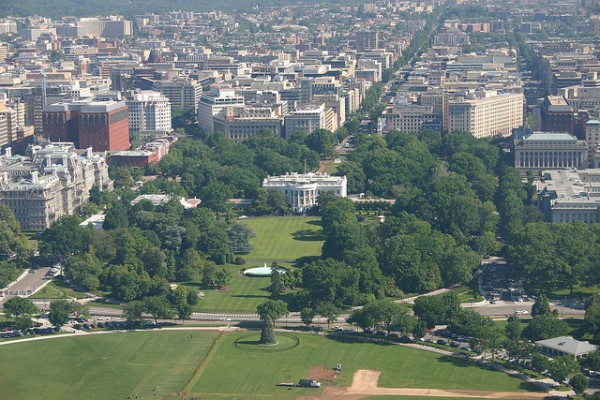Washington, D.C., is a town that practically invented the term “gridlock,” and it has been demonstrating this concept 24/7 for decades. Scratch below the political veneer on its surface, however, and the District of Columbia, reveals itself to be one of the more sustainable cities in the country, in terms of green building.
In a study recently released by the U.S. Environmental Protection Agency, Washington had the second-highest total of Energy Star-certified buildings in the United States, with 462 buildings. While Los Angeles had the highest number in this survey, with 528 buildings, topping the list for the fifth straight year, the District is less than one-sixth the size of Los Angeles.

Other cities farther down the the top 10 Energy Star list are mostly much larger that the District as well. They include Chicago (353 buildings), New York (325), Atlanta (304), San Francisco (291), Houston (241), Dallas-Ft. Worth (214), Phoenix (202) and Boston (188).

Beyond the current Energy Star ratings, D.C. also has some ambitious plans to become even greener over the next two decades. The city recenlty released its Sustainable D.C. plan, setting a goal of becoming “the greenest, healthiest and most livable city in the U.S.” by 2032. As bold a plan as this is, however, much of the implementation could be severely curtailed by sequestration budget cuts. The District, after all, is one of the most dependent cities in the country on federal dollars, few of which are flowing out of Capitol Hill these days.
Chicago, which reached third place on the list, has been a fast riser on the Energy Star list, starting in sixth place in 2008 and adding new certified buildings at an average pace of 32 percent each year, EPA says. Phoenix broke into the top 10 for the first time this year, and Boston, which joined the list in 2010, was able to hold on to 10th place.
In 2012, the EPA report said, more than 20,000 Energy Star certified buildings in the U.S. helped save more than $2.7 billion in annual utility bills and prevented greenhouse gas emissions that would have been equivalent to the electricity use of more than 2 million homes. Energy use in commercial buildings accounts for 17 percent of the country’s greenhouse gas emissions.
EPA said it continues to see an increase in applications for Energy Star certification each year, which has led to an increase in certifications by more than 24 percent compared to 2011, or 3 billion square feet nationwide. In 2012 alone, more than 8,200 buildings earned Energy Star certification.
To earn an Energy Star rating, commercial buildings must perform in the top 25 percent of similar buildings nationwide. Certified buildings, EPA says, use an average of 35 percent less energy and are responsible for 35 percent fewer greenhouse gas emissions than average buildings.